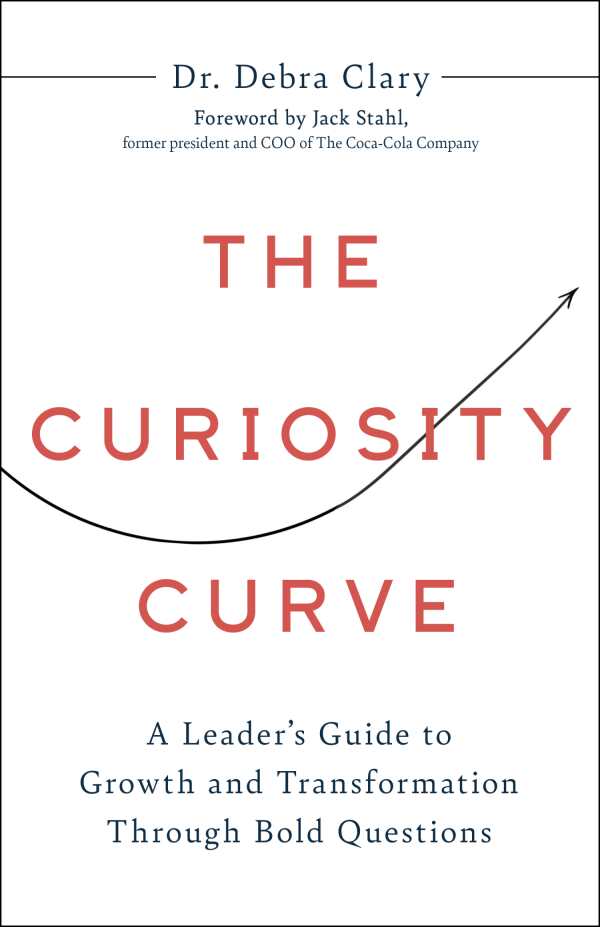The Curiosity Curve
A Leader's Guide to Growth and Transformation Through Bold Questions
With its tips for supporting engaged, interested workforces within innovative companies, The Curiosity Curve is an inspiring leadership guide.
Debra Clary’s insightful business guide The Curiosity Curve is about nurturing innovation at the individual, team, and organizational levels.
Asserting that curiosity is a critical skill in the modern workplace, the book draws on Clary’s professional experiences as well as industry research to introduce the Curiosity Curve, an assessment tool devoted to exploration, focused engagement, inspirational creativity, and openness to new ideas. Promoted to help businesses establish “strategic advantage,” the Curiosity Curve is said to aid in developing attainable skills. To support these claims, the text details elements that inform increased personal and professional satisfaction, culminating in engaged, interested workforces within innovative companies.
The book’s first portion establishes baseline context, addressing the basics of curiosity, such as seven signs that signal a curious person, including their words, the questions they ask, and their demonstrations of empathy. It also names factors that stifle creativity, like a lack of free time, fear of failure, and information overload. The book’s second half expands on the four factors that drive curiosity in an exploratory, if overly succinct, manner.
The book’s applicable advice is ranging; it includes a thirty-minute meditation exercise for “unlearning” unbeneficial beliefs and suggestions to establish “learning days” dedicated to employee skill development and “focus hours” for teams to avoid meetings and work on their projects. And while the book acknowledges that some companies overemphasize curiosity at their own expense, leading to overwhelm, it devotes most of its attention to curiosity’s positive attributes, asserting that employees in “highly curious workplaces” feel more purpose and connection to their work and leaders.
Illustrative examples make the text accessible, as with the story of Clary’s daughter’s attempt to join the varsity basketball team, which is used to support the idea that inquisitiveness can reveal new insights and success. Ranging industry examples are also used to amplify ideas like the importance of open-mindedness, as with the tale of a hospital borrowing from the airline industry’s management of passenger movement in order to process patients during COVID-19. Many of the book’s case studies stem from the healthcare field, though, with examples from the restaurant and technology sectors incorporated in a more limited manner.
Despite the book’s diverse multitude of ideas, some redundancies occur. Indeed, while the primary premise (that curiosity is essential to organizational health) is made quite clear, it is also reiterated with such frequency that the text becomes repetitive as it advances. New insights are limited in its later chapters. Further, its tips for incorporating more inquisitive mindsets are too familiar; they include asking open-ended questions, developing active listening skills, and being receptive to feedback.
The Curiosity Curve is an encouraging leadership guide about the value of inculcating curiosity across all organizational levels.
Reviewed by
Katy Keffer
Disclosure: This article is not an endorsement, but a review. The publisher of this book provided free copies of the book and paid a small fee to have their book reviewed by a professional reviewer. Foreword Reviews and Clarion Reviews make no guarantee that the publisher will receive a positive review. Foreword Magazine, Inc. is disclosing this in accordance with the Federal Trade Commission’s 16 CFR, Part 255.

